Formed more than 370 years ago, Ha Lien village spans approximately 2 hectares, resembling an oasis isolated in the middle of Nha Phu Lagoon.
Now part of Ninh Ha Ward in Ninh Hoa Town, Ha Lien is located about 30 kilometers north of Nha Trang City, Khanh Hoa Province. Historical records indicate that in 1653, under the Nguyen Dynasty, settlers first established the village - one of seven that eventually became modern-day Ninh Ha.
From above, Ha Lien appears like a floating village, completely surrounded by water. The main livelihood of its 1,200 residents is fishing and aquaculture.
Access to Ha Lien is limited. A single 1-kilometer-long concrete road connects the village entrance to the mainland, while other routes require travel by boat.
At the village’s entrance stands the Lang Ong Nam Hai shrine, a sacred site for local fishermen. “Every year, on the 25th day of the eighth lunar month, villagers hold a festival here to pray for calm seas and abundant fish,” said Le Xuan Khieu, 68.
Nearby, Hue Lien Pagoda, built in 2006, serves as a spiritual gathering place for the community, especially during holidays and Tet celebrations.
The village consists mainly of single-story houses packed closely together, with narrow alleyways about 3 meters wide - just enough space for motorbikes to pass.
One of the village’s oldest houses, nearly 100 years old, belongs to the family of Ho Au, where three generations currently reside.
At the center of Ha Lien is a bustling market where locals gather to buy and sell daily necessities. The community hall, built for cultural events, also serves as a meeting space for residents.
Nguyen Bon, 92, has lived in Ha Lien his entire life. “Families here have been connected for generations. Even though life was tough, people rarely left the village,” he said.
Recalling the past, Bon described how villagers once had to walk 6 kilometers to the town center to trade seafood for rice and meat. “Things are much easier now with better roads, and life has improved,” he said.
Fishing remains an essential part of Ha Lien’s identity. Many villagers use small boats to visit shrimp and crab farms or venture into Nha Phu Bay to catch seafood.
At dawn, Nguyen Dang, 59, inspects his boat before heading out. “I was born here, and I’ve spent my whole life rowing boats, casting nets, and catching fish in the mangroves,” he said.
Fishing does not bring high income, but for Dang and others in Ha Lien, it is a way of life - one they are determined to keep alive.
Linh Thi My Linh, 28, carefully sorts through a batch of local sea creatures known as “sea pig tails,” a specialty from the village’s brackish waters. Selling for about $2.80 per kilogram, these are highly sought after by traders. Linh’s family collects around 20 kilograms daily from local fishermen before distributing them to buyers.
Ha Lien is surrounded by mangrove forests, forming a natural barrier against storms and seawater intrusion.
Nguyen Minh Nhat, chairman of Ninh Ha Ward, emphasized that the local government aims to leverage Nha Phu Lagoon’s rich ecosystem to develop tourism while preserving Ha Lien’s unique cultural heritage.
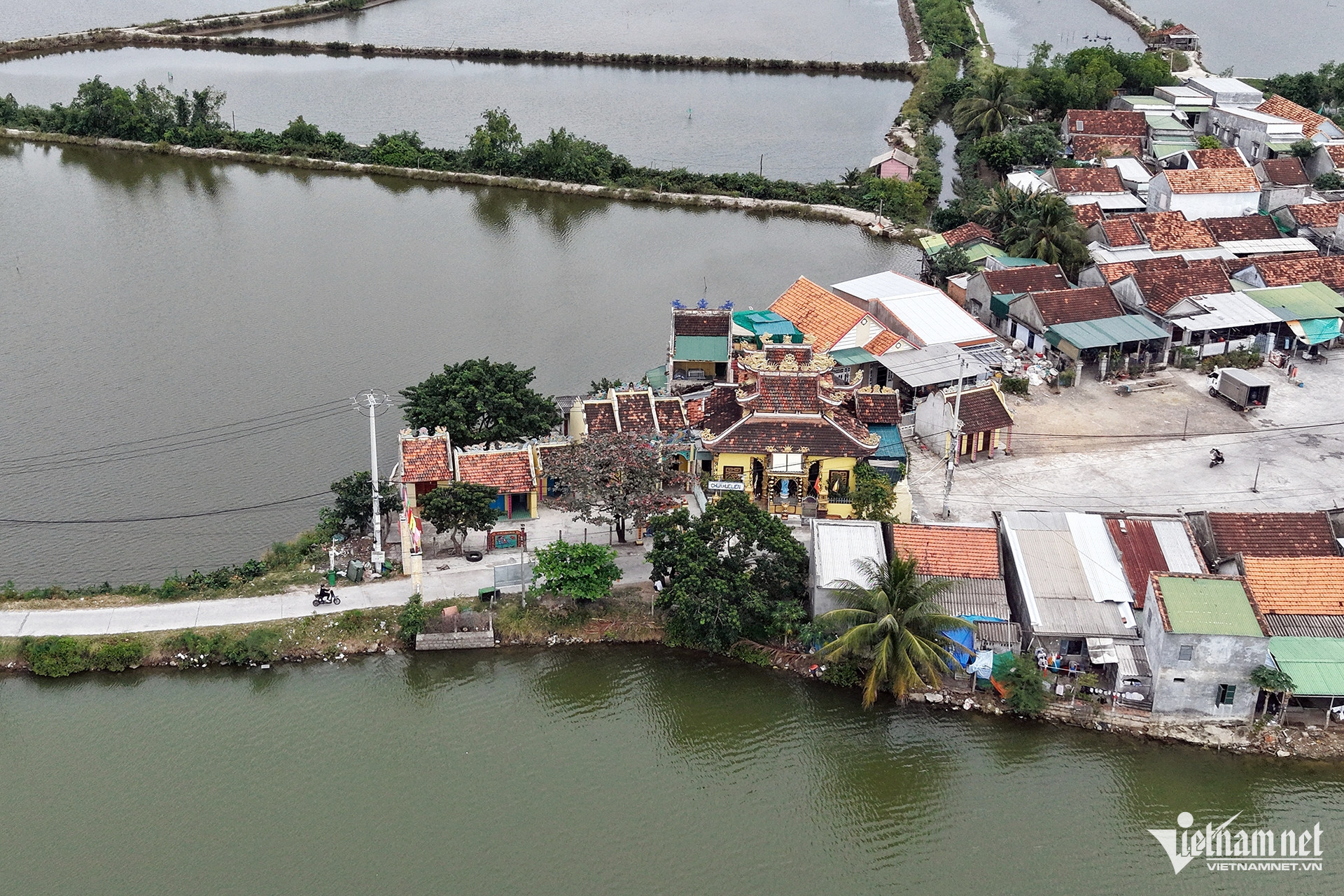
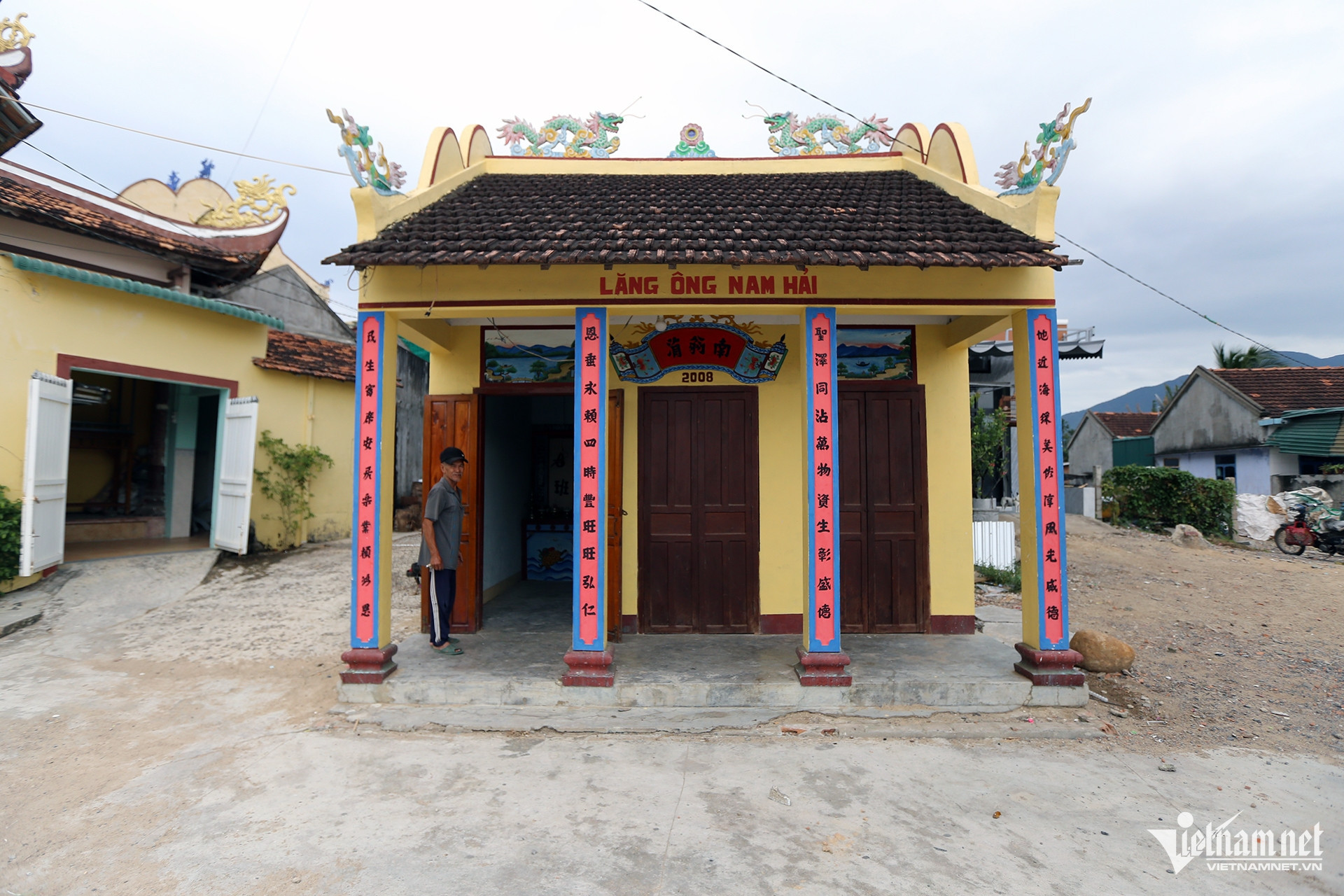
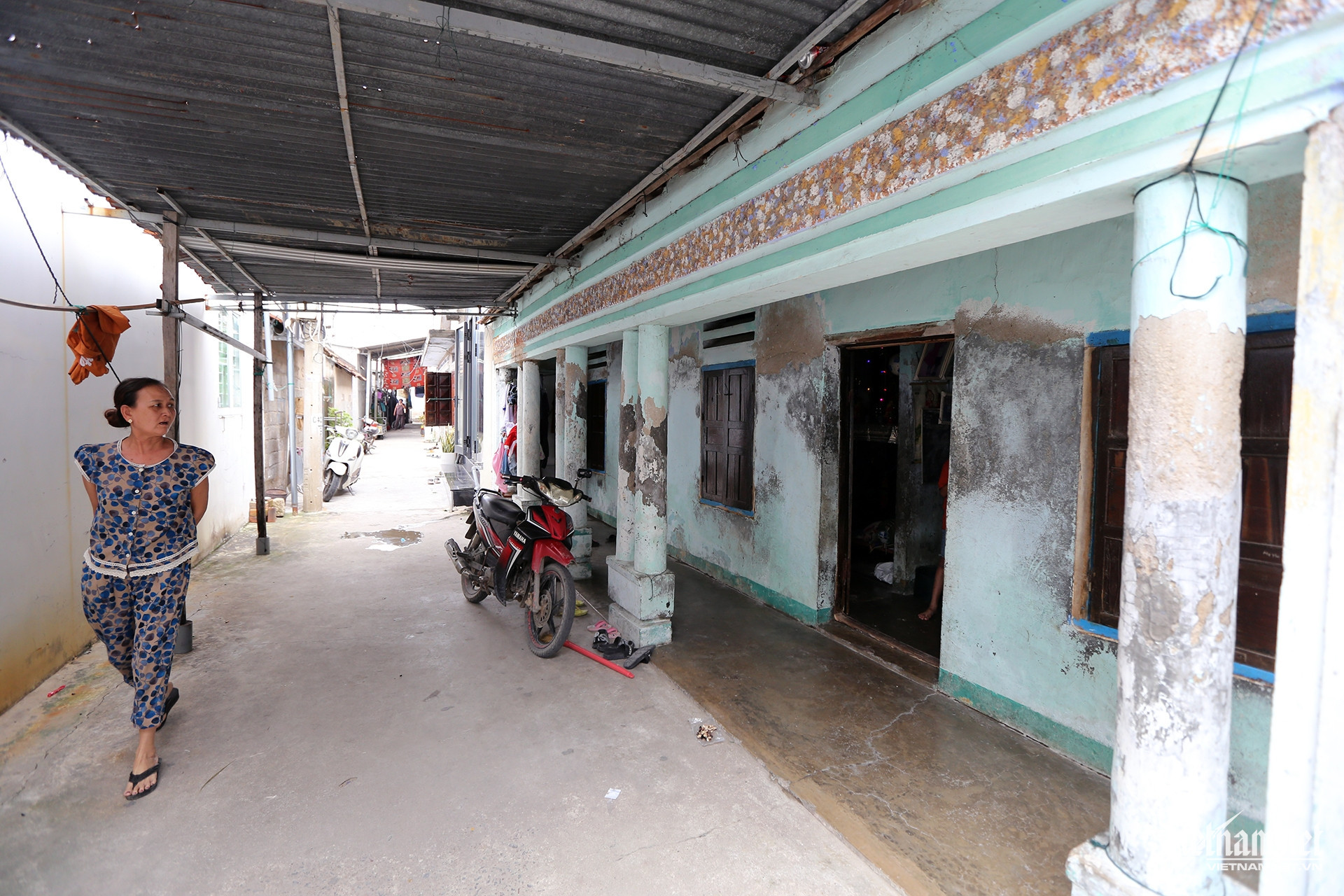
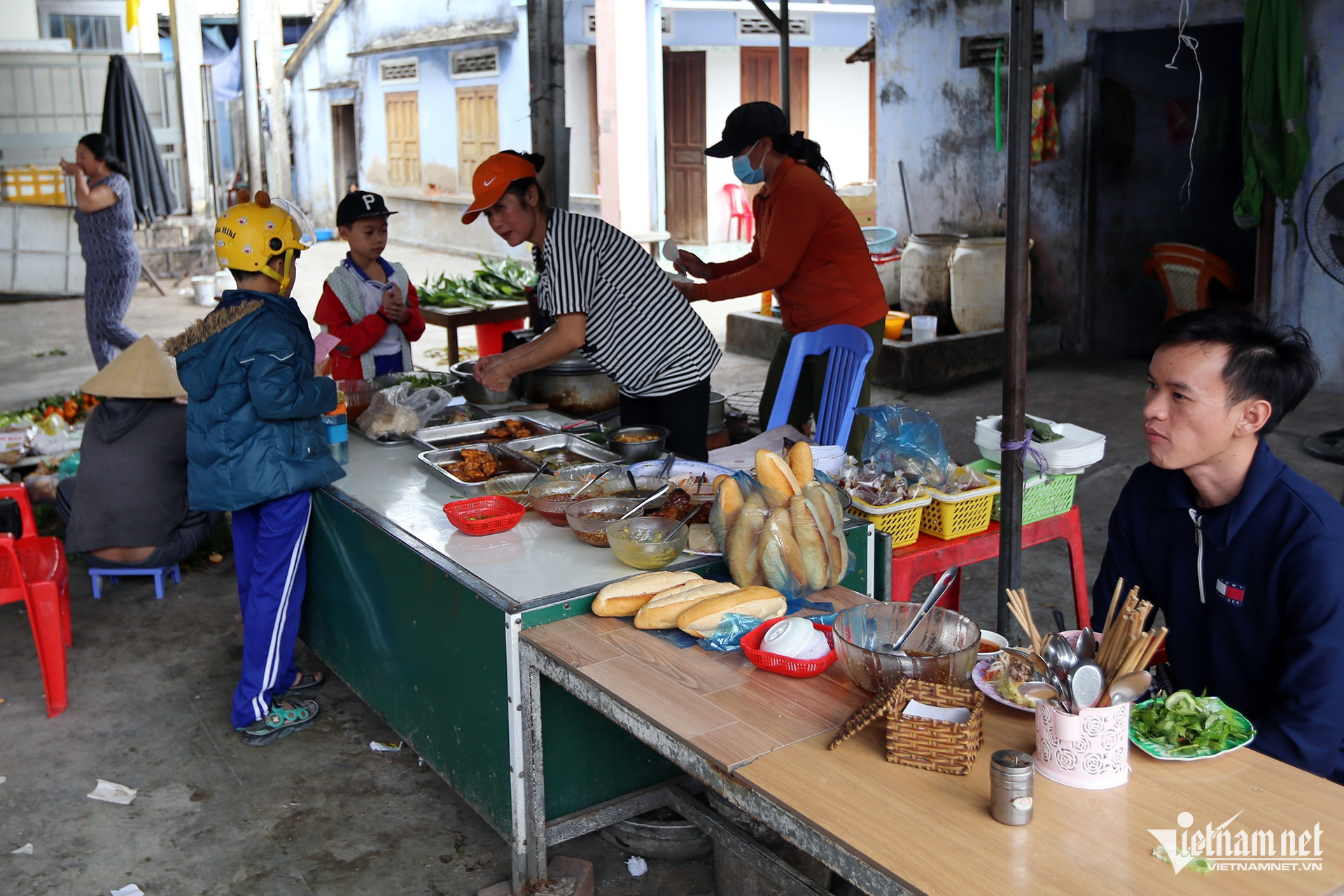
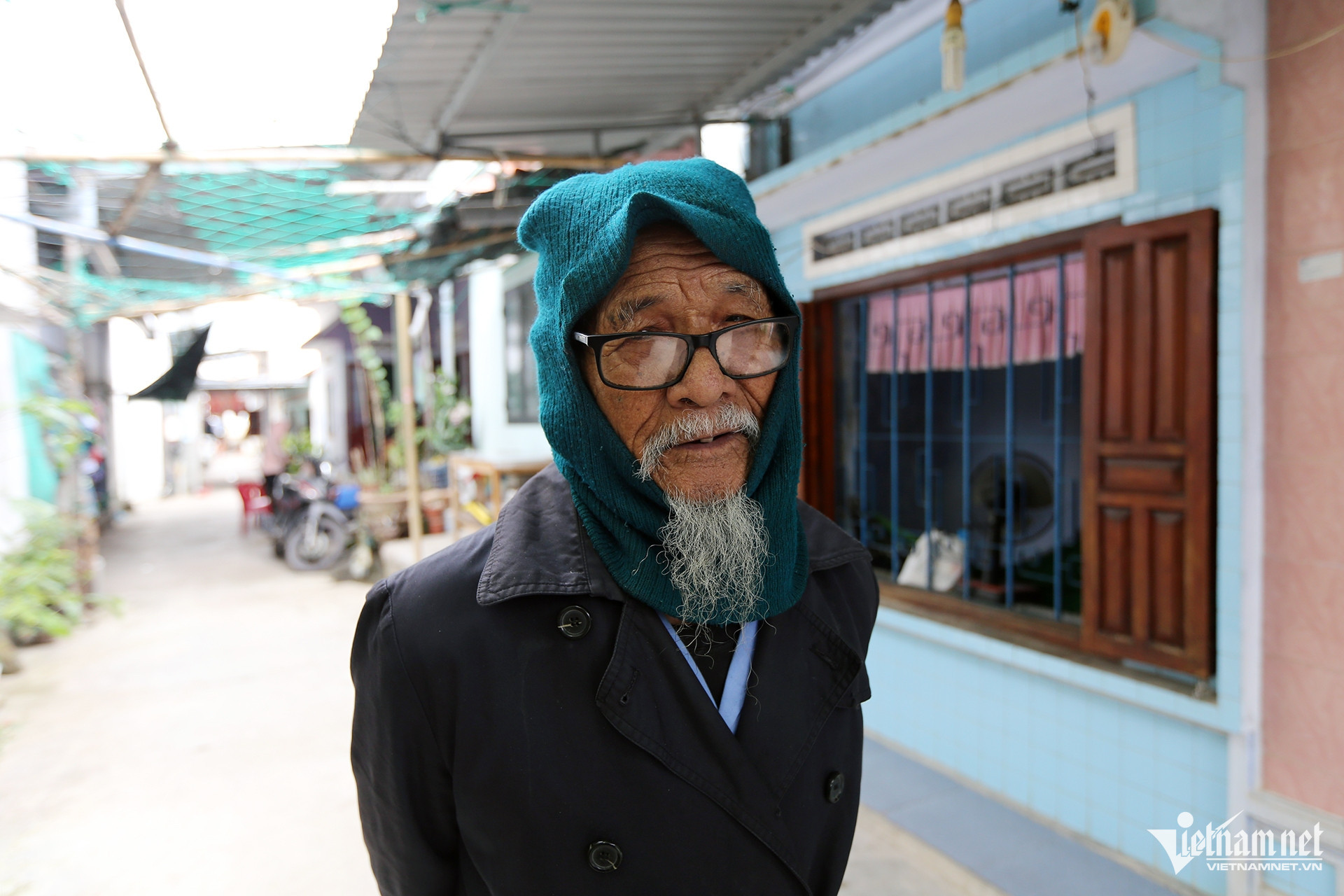
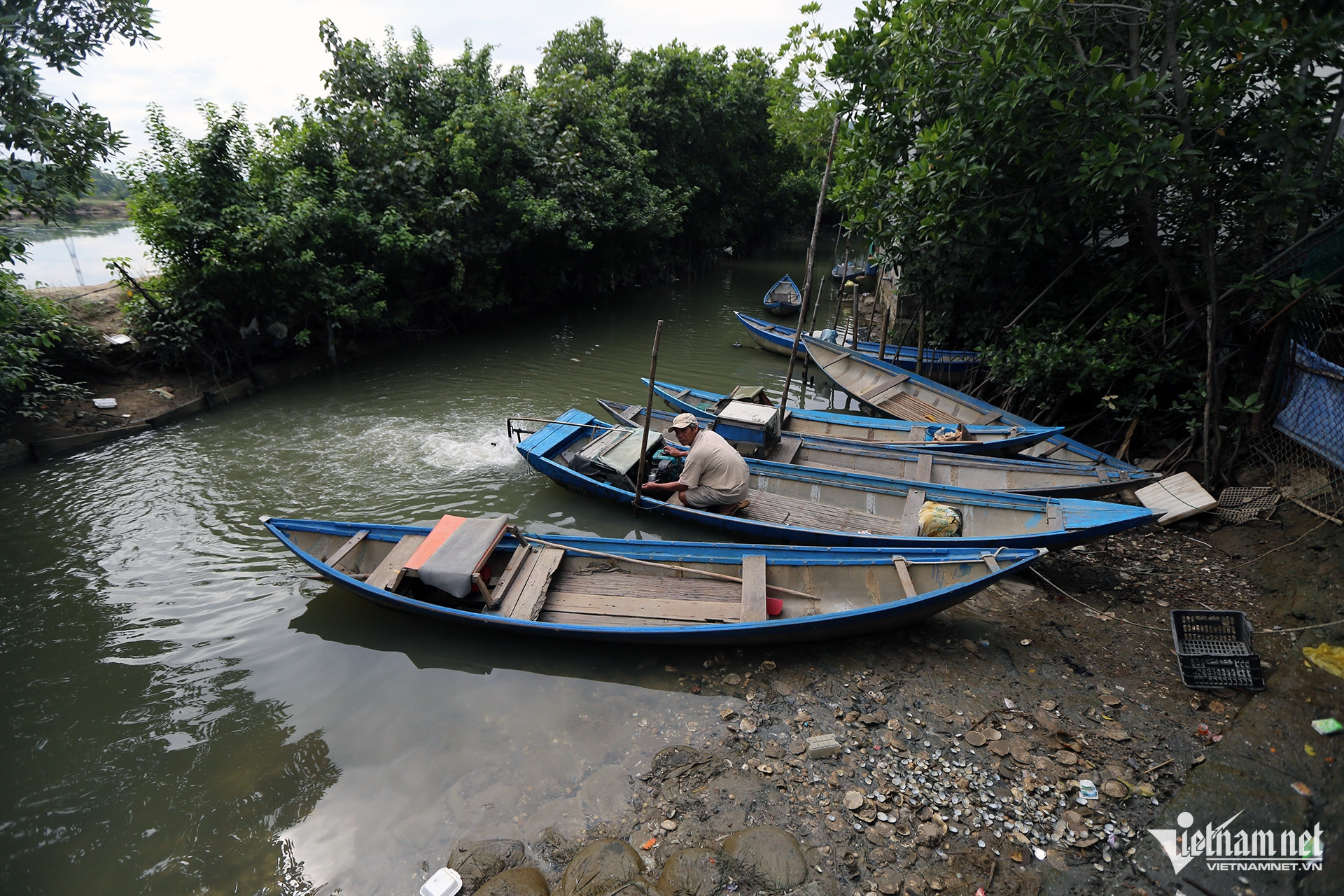
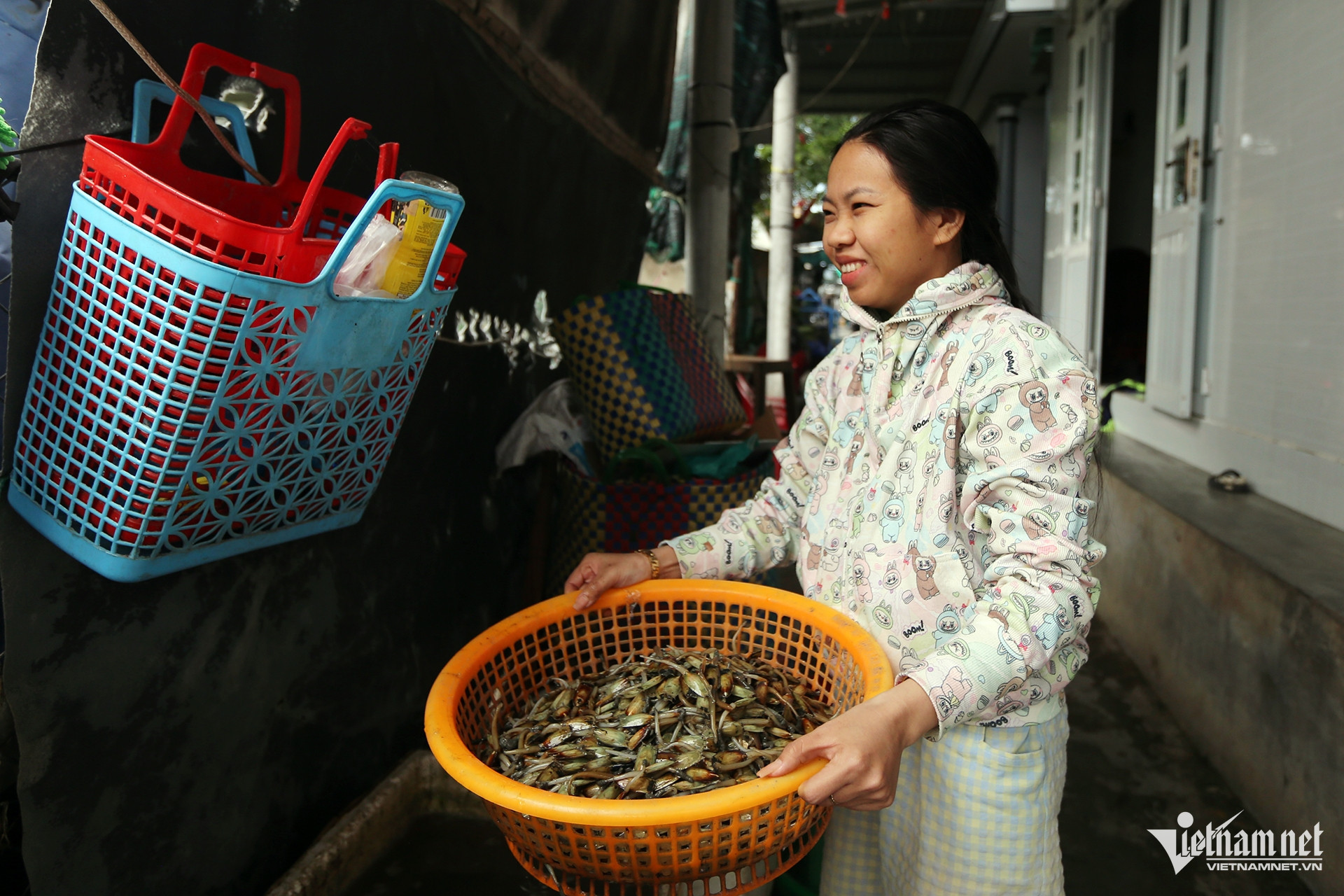
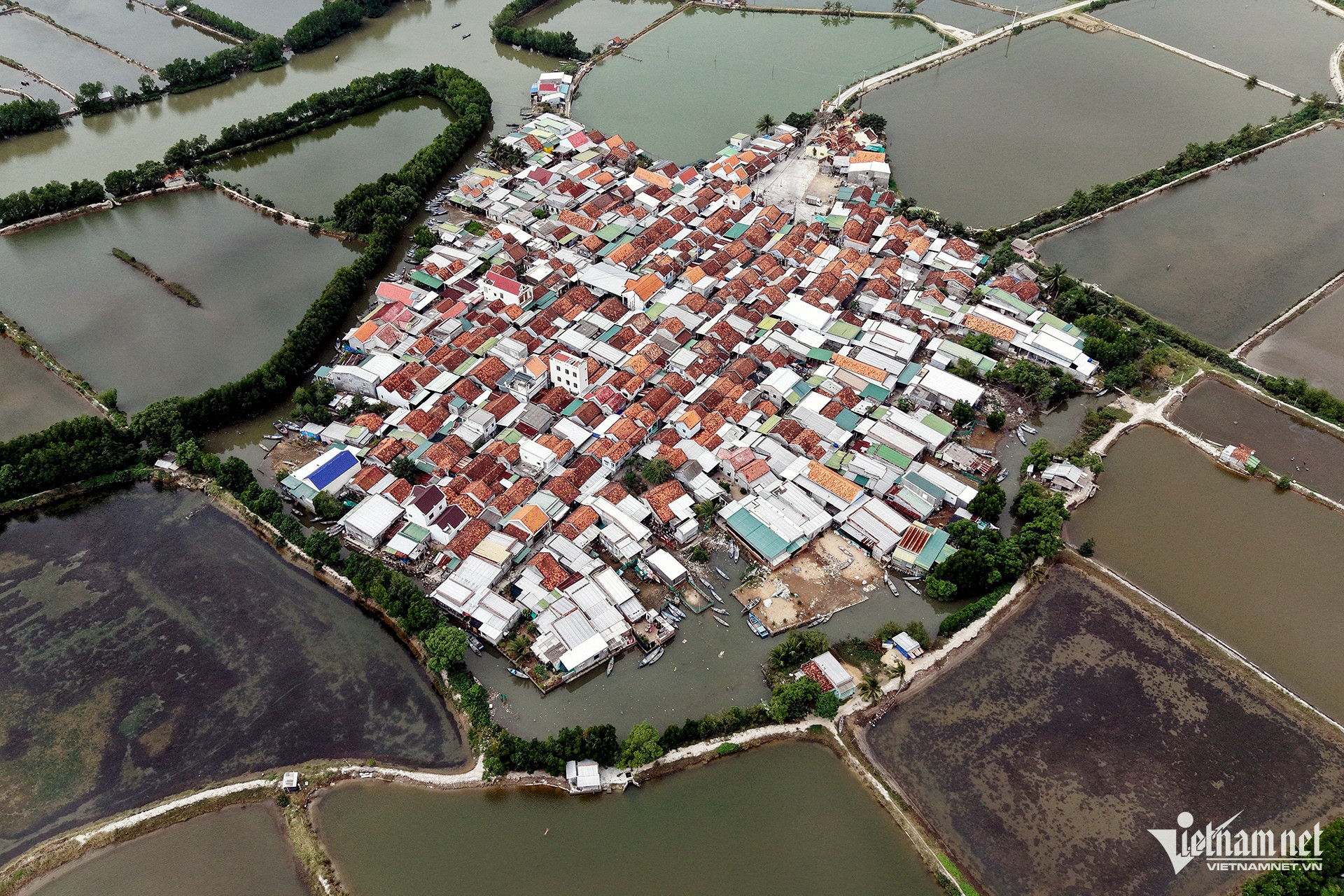
Xuan Ngoc